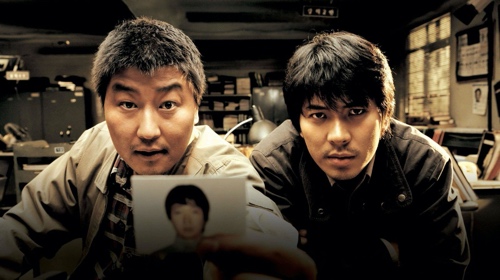
 The damned thing is that Masters of Horror: The Damned Thing has the nerve to call itself an adaptation of Ambrose Bierce’s classic short story. In that 1894 tale, a group of men in a cabin hear a chilling account of the death of a man by an unseen force in the forest that ripped him to shreds. In this hourlong film … well, at least someone gets ripped to shreds. Similarities, you end there.
The damned thing is that Masters of Horror: The Damned Thing has the nerve to call itself an adaptation of Ambrose Bierce’s classic short story. In that 1894 tale, a group of men in a cabin hear a chilling account of the death of a man by an unseen force in the forest that ripped him to shreds. In this hourlong film … well, at least someone gets ripped to shreds. Similarities, you end there.
This Thing opens 24 years ago, when – shortly after black goo drips from the ceiling – a dad goes nuts, shoots his wife dead and almost kills his son, too, but he gets eviscerated and does whirly-loops as his guts spill out on the ground.
Surviving Kid grows up to be a small-town sheriff with a permanent limp, played by Sean Patrick Flanery (TV’s The Young Indiana Jones Chronicles), and his obsession with events of the past have driven off his button-cute wife (Marisa Coughlan of Freddy Got Fingered) and their only child. At least he has a right to be, because with the anniversary of That Night coming up, the people around town are starting to act crazy.
How crazy? Oh, like kill-yourself-with-repeated-blows-of-a-hammer crazy.
With a script by Richard Christian Matheson (Nightmare Cinema), The Damned Thing errs in many ways, including trying to find a credible explanation for the monster. Bierce’s was ingenious, revealing only that it exists in a plane of color human eyes cannot see, but this show leaves nothing to the imagination, giving us a Sandman-style petroleum-based beast.
Director Tobe Hooper — responsible for two certifiable scare classics (Poltergeist and The Texas Chain Saw Massacre, of course) and flicks on the other end of the quality spectrum – is not at the top his game here, although production values are strong. His camera forever swirls about, scenes go on too long and – worst of all – it isn’t the least bit frightening. He gets off a couple of good gross-outs – the aforementioned toolbox murder and an encounter with a car-crash victim – but that’s about it.
Bierce’s story would be challenging for anyone to adapt without going into it knowing it’s all in the suggestion. But the Masters of Horror team has made so many alterations, the title no longer fits. Even if it weren’t based on a pre-existing piece of literature, the Thing has little life to it. —Rod Lott


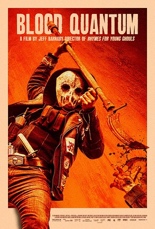
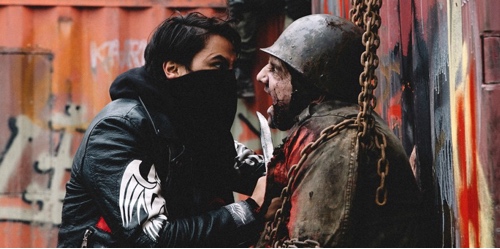
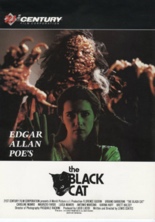
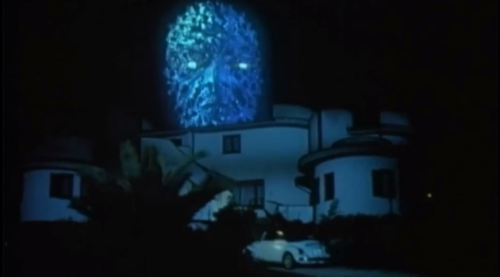
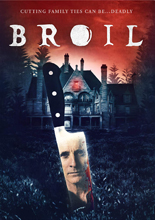
 For her 17 years of life, Chance Sinclair (Avery Konrad,
For her 17 years of life, Chance Sinclair (Avery Konrad, 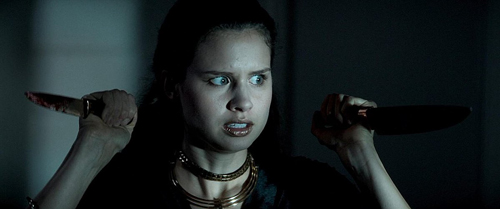
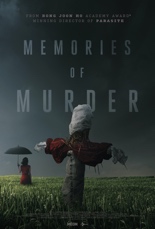
 In mid-2019, Bong Joon Ho’s
In mid-2019, Bong Joon Ho’s 